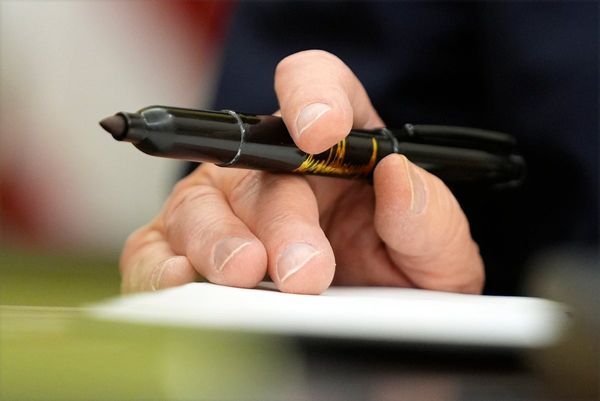The cardamom proclamation of 1822, issued by the ruler of erstwhile Travancore Rani Gowri Parvathi Bayi, is a milestone in the history of the cardamom hills here. The proclamation paved the way for bringing people from outside for collecting cardamom from the forest, which was hitherto done by forest-dwelling tribespeople.
The proclamation, issued on Malayalam Era 997, Medam 15 (April 28, 1882), that turns 200 years now entrusted workers from Tamil Nadu with harvesting cardamom, considering its importance as a major spice for export and for increasing its volume of collection.
Records say that ‘Nattamas’ (village chieftain) in Comba, Thevaram and Bodinaikanur in Tamil Nadu were entrusted with the selection of workers for cardamom collection from the cardamom hills, in present-day Idukki district.
Proper system
Cardamom collection followed a proper system and records of collection were kept at ‘Pakuthikacheris’ (village offices). An officer exclusively in charge of cardamom collection was present there.
The importance of cardamom and the volume of its annual collection were described in Forest in Travancore written by T.F. Bourdillon in 1883. The price of a kg of cardamom was 3.5 British rupee and the annual collection 88,000 kg.
The cardamom proclamation was detailed in the Travancore Revenue Manual and it was quoted from the Hosur Central Vernacular Record. The forest area was spread in Mundakkayam and near Thodupuzha on the west from the present Tamil Nadu border. The villages in Tamil Nadu were the nearest human inhabited areas. There were six forest routes for movement of people to the cardamom hills. Cardamom theft was considered a serious crime and there was a check-post at Cumbom Mettu and watch sheds on other forest paths to check the workers.
The Travancore ruler enjoyed the world monopoly of cardamom. Efforts for increasing its collection from the forest began with the cardamom hills falling to the Travancore ruler from the Poonjar king.
The cardamom collected by the workers was handed over to the officials under the then Cardamom Superintendent and Forest Supervisor. It was the royal proclamation in 1822 that paved the way for increasing cardamom collection from the forest and later for bringing more areas under cardamom cultivation.
It was only 100 years ago that new settlers from Central Travancore reached the first settlement town at Upputhara in the high ranges of Idukki. The royal proclamation thus paved the way for the first recorded arrival of people to the cardamom hills.







